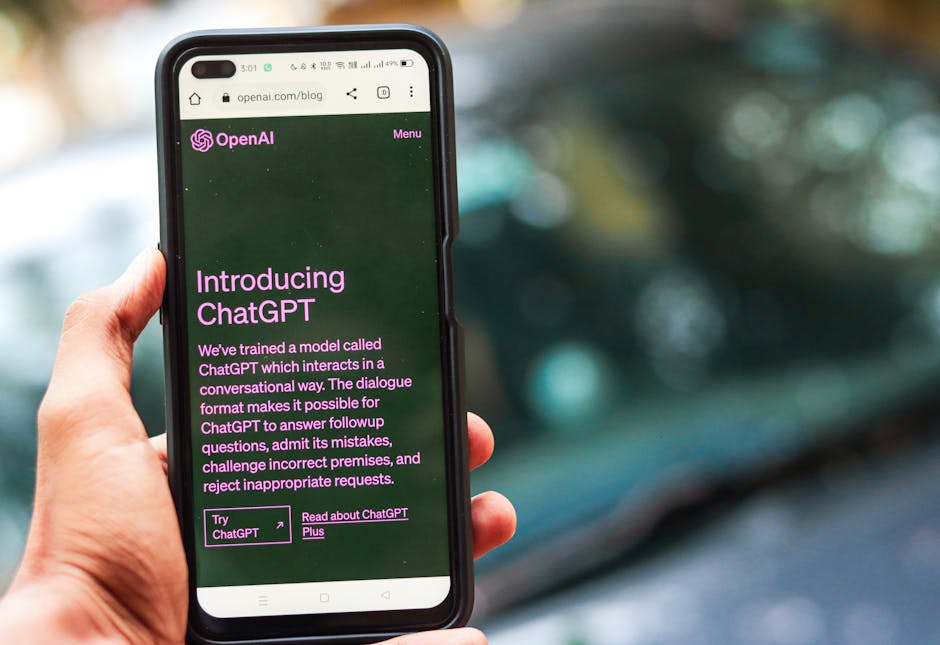OpenAI recently released its latest artificial intelligence model GPT-4oThe model enables the company's mobile application ChatGPT 's revenue has seen unprecedented growth. While GPT-4o is available for free on the official website, that's not the case for the ChatGPT app on mobile. Those who want to experience the latest technology on their phones will need to upgrade to OpenAI's paid subscription service, ChatGPT Plus, which costs $19.99 per month (currently about $145).

Image source: Pexels
This strategic decision spurred demand for the subscription service on mobile and resulted in OpenAI's highest ever mobile revenue growth. According to app intelligence firm Appfigures, net revenue from the ChatGPT mobile app skyrocketed by $22% on the day of GPT-4o's launch, and continued to grow over the next few days. By Tuesday, net revenue reached $900,000 (currently about Rs. 6.507 million), almost double its daily average ($491,000) (net revenue figures are calculated after Apple and Google Store draws).
Prior to that, ChatGPT had a smaller revenue spike, which occurred in April of this year, but it was only one day of unusually high revenue and was not a sustained increase.Appfigures Inc. noted that last week (Monday through Friday) the ChatGPT mobile app's total net revenue reached $4.2 million in both the App Store and the Google Play store, which is the app's app's largest revenue increase to date. The soaring revenues show that consumers are interested in trying out the latest AI technology, and mobile users are willing to pay for it even if it costs more than a Netflix subscription.
According to the data, Apple's App Store contributed the majority of the new revenue with 81%, while the United States was the top-earning market with $1.8 million. It was followed by Germany ($282,000), the UK ($212,000), Japan ($210,000), France ($147,000), Canada ($134,000), South Korea ($123,000), Brazil ($117,000), Australia ($102,000), and Turkey ($89,000).
Notably, the momentum of revenue growth does not appear to be showing signs of slowing down, and the data suggests that it is likely to continue or even increase further.